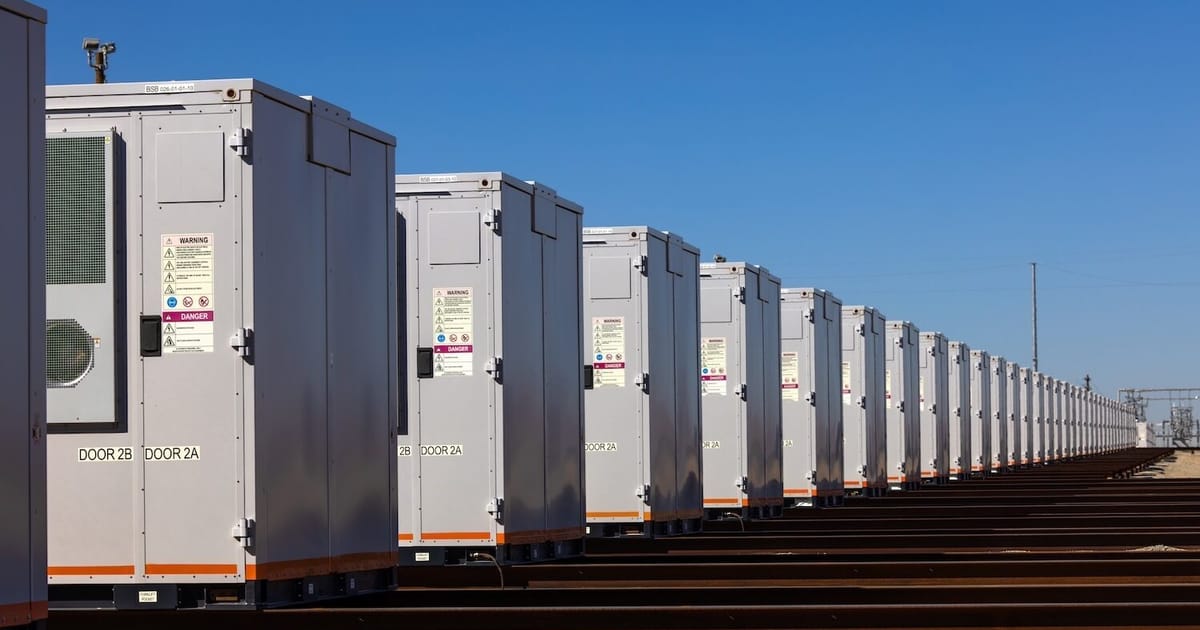This law isn’t the only state action afoot on this topic. The California Public Utilities Commission updated its own battery standards in March and will monitor compliance. That regulatory body is leading an investigation into the cause of the Moss Landing fire. No official determination has been released yet, but the public can expect the PUC to share its findings when they are complete, Laird said.
California leaders see a safe, sustainable grid storage industry as crucial to reaching the state’s long-term climate goals, because the battery plants facilitate the ongoing buildout of clean energy generation.
In 2020, the year Moss Landing came online, the state had mere hundreds of megawatts of batteries hooked up to help the grid. This year, the state surpassed 15,000 megawatts of installed batteries, and it’s aiming for 52,000 megawatts by 2045. The battery fleet is already helping prevent shortages during summer heat waves and cutting into fossil-gas consumption during evening hours, pushing down the cost of energy at those times.
Energy storage trade groups, eager to maintain the pace of the battery buildout, welcomed the new guidance from SB 283 rather than resisting the imposition of new regulations.
The national group American Clean Power, which advocates for the battery industry among others, spoke favorably of the bill’s potential impact. “SB 283 strengthens safety protocols with support from firefighters, electricians, industry, and utilities — ensuring California can continue leading this growing clean energy sector,” the group wrote in a June fact sheet.
“The latest standards for this technology have proven extremely effective,” said Alex Jackson, executive director of American Clean Power’s California branch, in an emailed statement. “Every state should give local officials the tools and the authority to ensure those standards are in place.”
Responsible developers already work closely with local emergency-response teams, so the new requirements won’t increase their workload appreciably. Many battery firms worry about how the few battery fires that do happen reflect poorly on the industry as a whole; communities debating whether to allow a battery in their proximity might not appreciate the differences in safety between a Moss Landing–era plant and the state of the art today. In that sense, the fact that California has enhanced its battery safety laws could serve the industry better than an absence of new regulations.
“Everybody’s realistic about how serious the Moss Landing fire was,” Laird said. “The whole industry rests on public confidence that they’re not at risk next to a huge battery storage facility, and the industry wants to help in that assurance.”
{
if ($event.target.classList.contains(‘hs-richtext’)) {
if ($event.target.textContent === ‘+ more options’) {
$event.target.remove();
open = true;
}
}
}”
>

